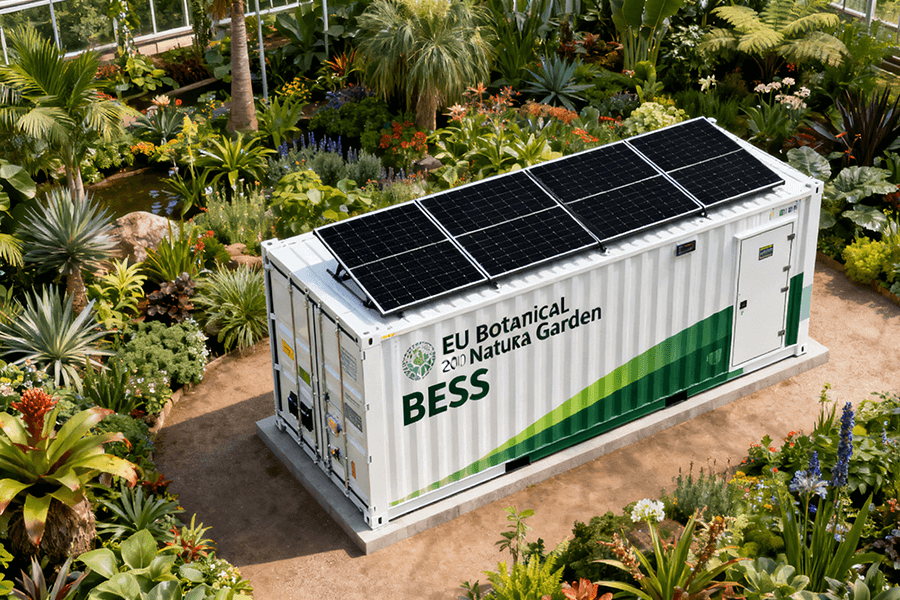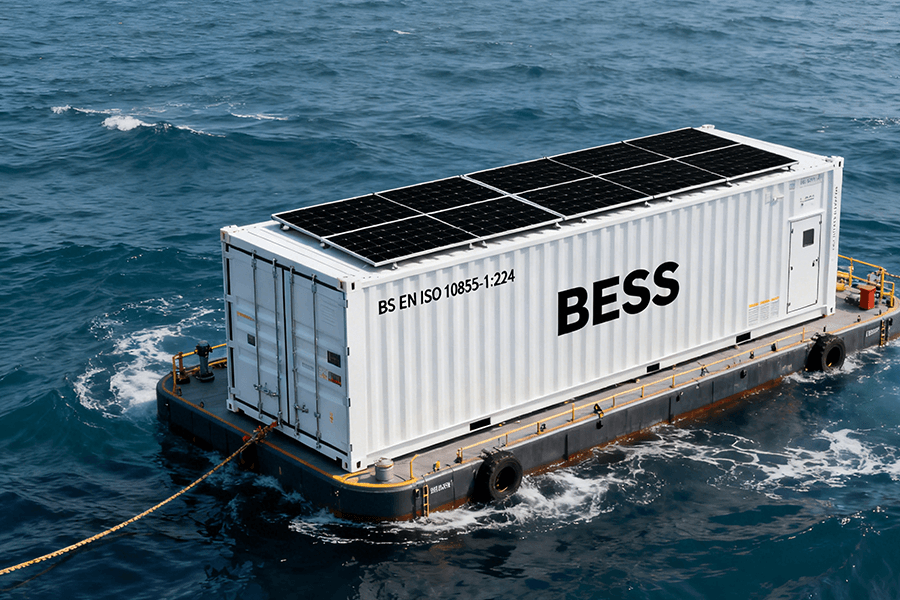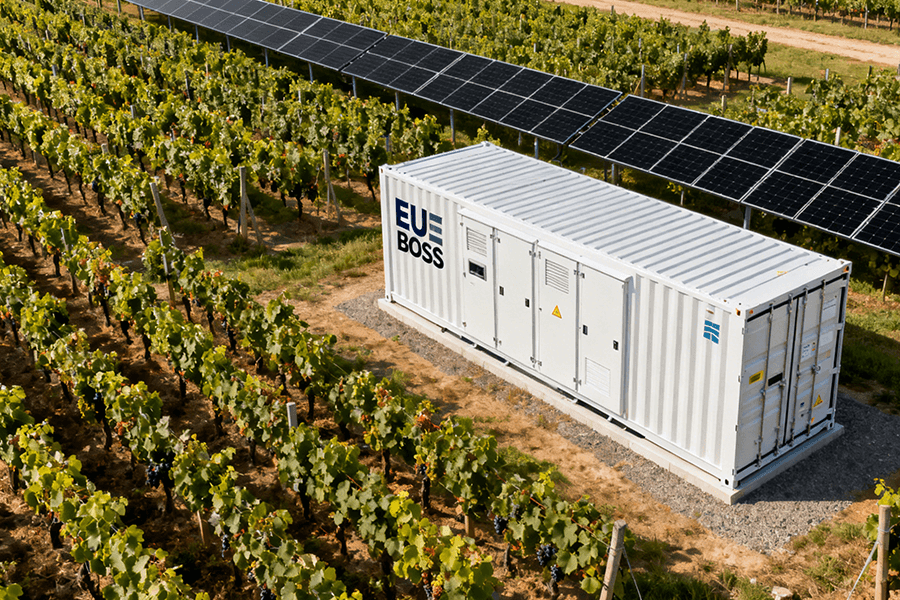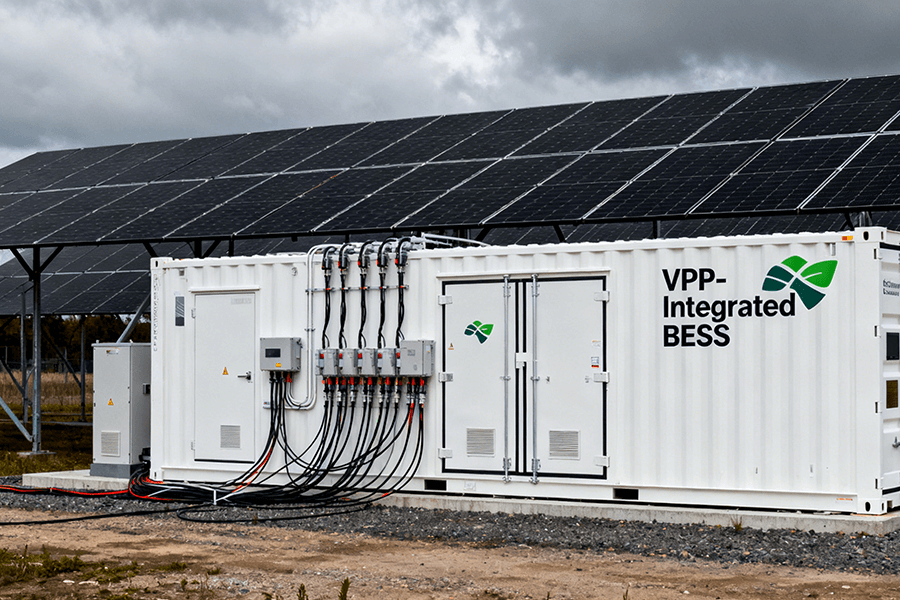Renewable energy is the best option to meet the challenges of natural resource reduction and energy shortage. Due to the huge potential of solar energy, utilizing solar photovoltaic (PV) systems is the best option to eliminate energy shortage in Tanzania. Animal manure is an important source of waste in rural areas and can be converted into biogas fuel through an anaerobic process. Livestock and agriculture greatly support the economic development of most people in sub-Saharan Africa (SSA), rural populations in areas such as Tanzania, and cattle excreta favor biogas fuel production. Unfortunately, the enormous potential of animal manure to generate electricity has not been fully exploited.
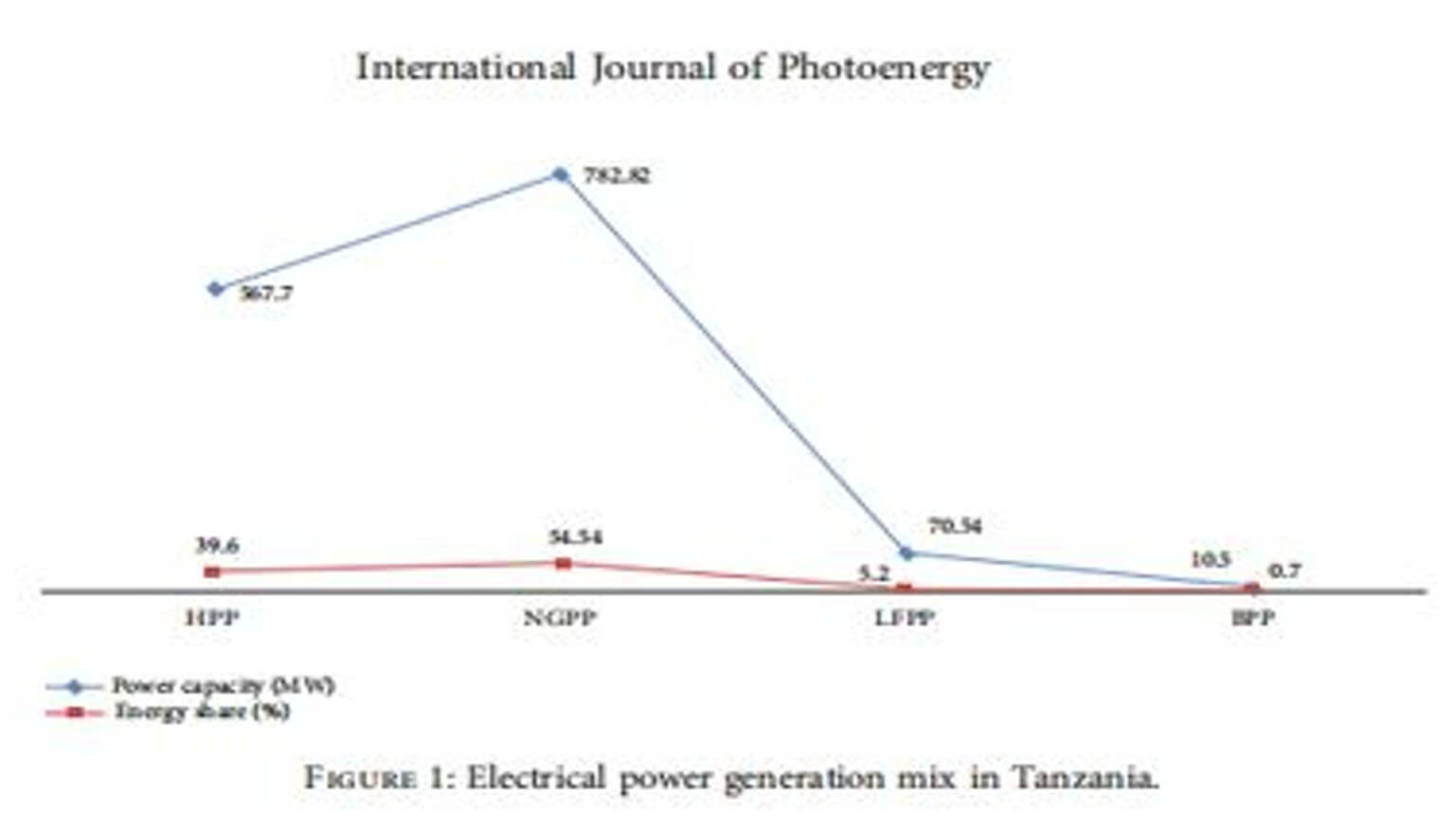
Combining solar energy and biogas fuel from animal dung could help alleviate energy shortages, power instability and environmental concerns. Off-grid solar photovoltaic biogas-based hybrid micro-grid systems for rural electrification applications are limited in the Tanzanian context, moreover, most studies make extensive use of soft computing tools, especially Multi-Energy Hybrid Optimization (HOMER) software, artificial intelligence (AI) optimization techniques have limited applications.
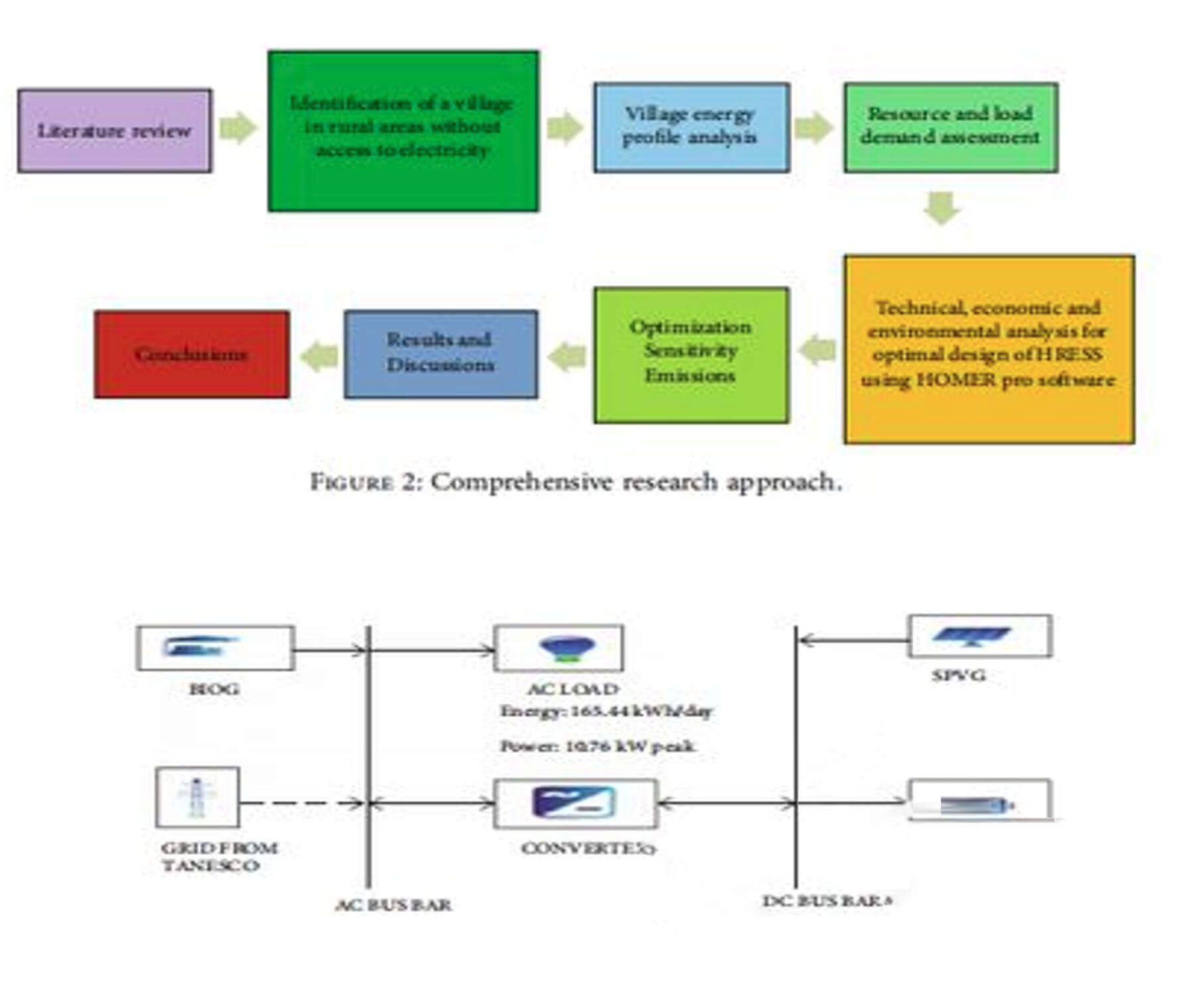
A techno-economic feasibility analysis of a Hybrid Renewable Energy Supply System (HRESS) in the village of Boya in the Mbeya region of Tanzania. The off-grid HRESS was designed and optimized to meet the load at the selected location executed using the HOMER software and Gray Wolf Optimization (GWO) method. The microgrid is expected to have a maximum daily demand of 63.41 kW. The residential load curve is equal to 30 kW, which corresponds to 50% of the daily demand.
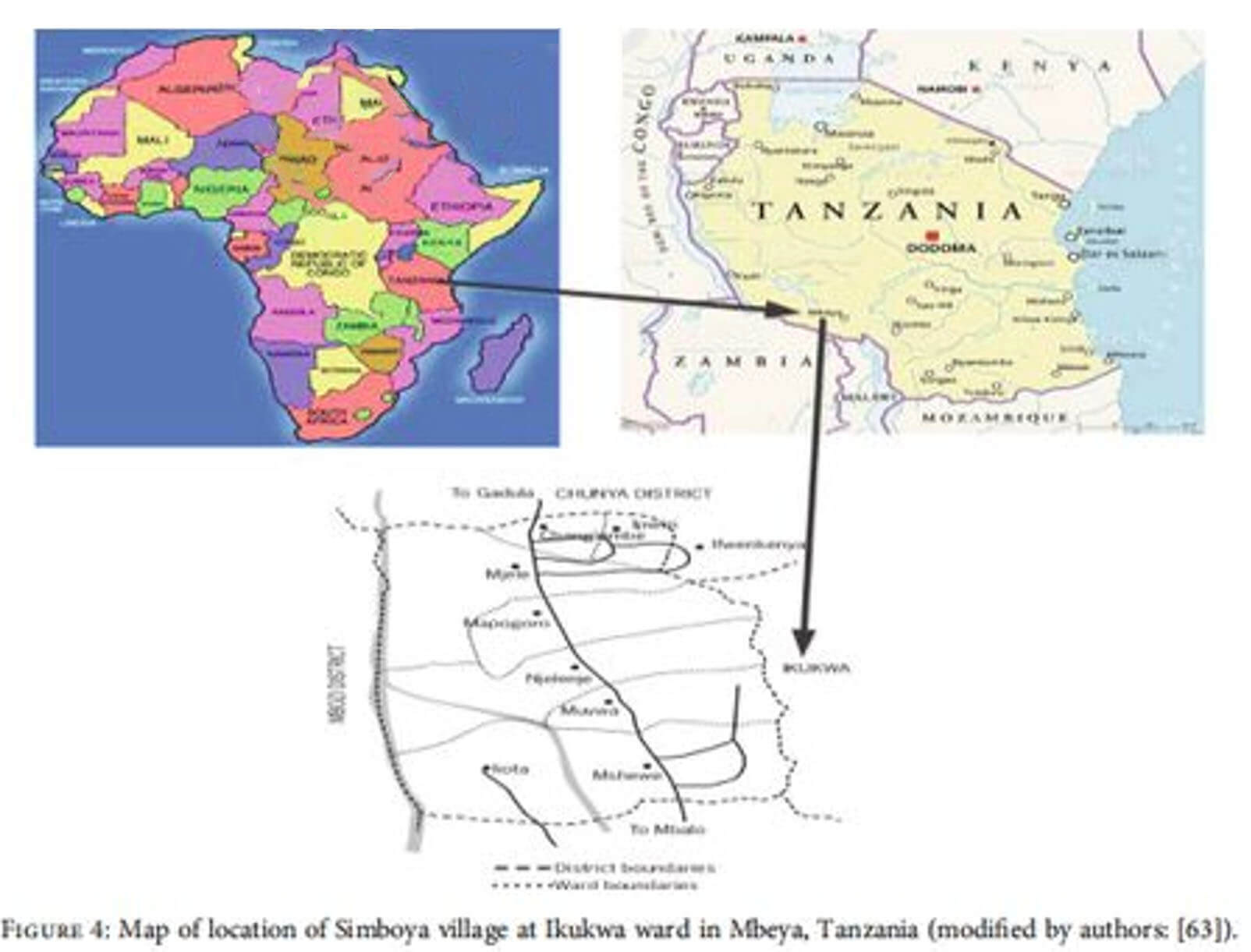
The optimization results on the HOMER platform show that the total net present cost (NPC) and level cost of energy (LCOE) of the system are $106,383.50 and $0.1109/kWh, respectively. Furthermore, the paper presents the optimization and sensitivity analysis results obtained by the GWO method at different values of loss of power probability (LEPP). The total NPC and LCOE based on LEPP values of 0, 0.04, and 0.06 are $85,106.8, $79,545.99, and $71,747.36, and $0.0887/kWh, $0.0316/kWh, and $0.0102/kWh in kWh, respectively. HRESS has economic and environmental benefits for supplying electricity to selected regions and globally under similar conditions.
Therefore, the use of solar energy systems can not only reduce our electricity costs, but also improve people’s quality of life. Moreover, clean energy such as solar energy is conducive to creating a sustainable global environment and giving our descendants a green and bright future.

